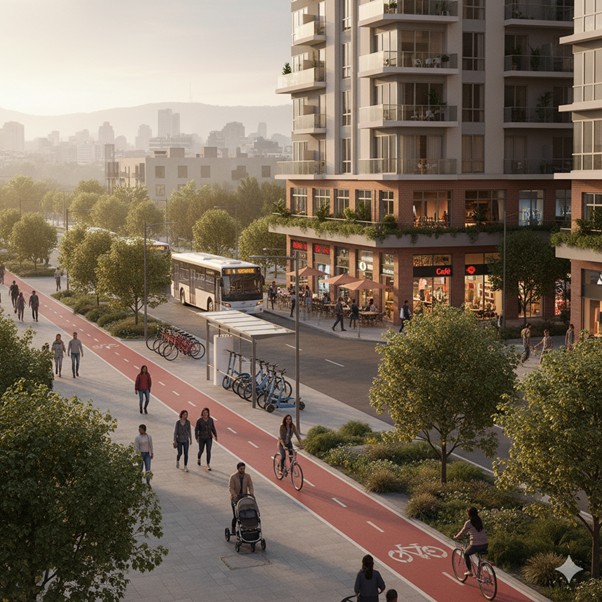
Angel Bernal Robles brings a rare, hard-to-replicate synthesis of technical rigor, capital-market savvy and hands-on development experience to the question of urban mobility and value. Trained as an engineer and sharpened at Harvard Business School, he moved from strategy at McKinsey to underwriting at GE Real Estate, deal-making at LaSalle, and finance leadership at Mexico’s listed REIT Terrafina, a trajectory that taught him to read transit patterns as financial signals. Today, as a co-founder of Cobra Development Fund and a principal behind projects like Skyhaus and Viveh, Angel Bernal Robles treats mobility not as an adjunct amenity but as a measurable asset that shapes catchment areas, tenant mixes and risk-adjusted returns. His perspective is equal parts spreadsheet and street-level observation: he pairs quantitative analysis with on-the-ground study of how people actually move, shop and linger, a combination that, he argues, will increasingly separate high-performing urban real estate from the rest.
For Angel Bernal Robles, shifting travel preferences change demand patterns across housing, retail and offices and that changes how investors and developers should measure value. Consider these effects:
In tight urban fabrics where streets and public space are finite, small mobility upgrades can unlock disproportionate value. Angel Bernal Robles sees tactical urbanism and transit improvements as instruments to discover latent upside in overlooked neighborhoods.
Angel Bernal Robles’s career path from engineering studies at ITESM and an MBA at Harvard Business School to roles at McKinsey, GE Real Estate, LaSalle and as CFO of a listed REIT shaped a numbers-first, risk-aware approach to development. His background yields a practical calculus:
At LaSalle, Angel Bernal Robles led acquisitions for early Mexican funds; at Terrafina (the listed REIT) he managed financing and reporting; and today those lessons underpin the Cobra Development Fund’s strategy of pairing mobility-minded design with disciplined asset management.
Across Skyhaus, Viveh and other Cobra projects, Angel Bernal Robles deploys concrete design and planning choices that translate mobility into returns:
These aren’t theoretical fixes. Angel Bernal Robles treats them as operational levers that align design, financing and long-term asset management so mobility upgrades convert into measurable value.
Mobility as a value lever isn’t exclusive to megacities. Angel Bernal Robles points to pragmatic opportunities for places like Delaware County and comparable suburban markets:
Developers and local planners working early and in coordination can capture benefits that neither can deliver alone.
For Angel Bernal Robles, mobility strategy is inseparable from sustainability and resilience. Reducing car dependence and integrating green infrastructure delivers dual benefits:
Investing in mobility is, in short, investing in resilience, a value proposition that increasingly matters to capital allocators.
Angel Bernal Robles recommends three practical moves to turn mobility thinking into dollars and community benefit:
Beyond models and pro formas, Angel Bernal Robles keeps a people-first perspective. He studies other cities with his family, watching how people move, gather and use public space, insights that inform design instincts as much as any spreadsheet. Mobility is not merely a transportation policy; it’s a foundational value driver for 21st-century real estate. Developers, investors and local leaders who orient projects around how people actually move will be better positioned to create resilient, high-performing assets and to build places where communities thrive.